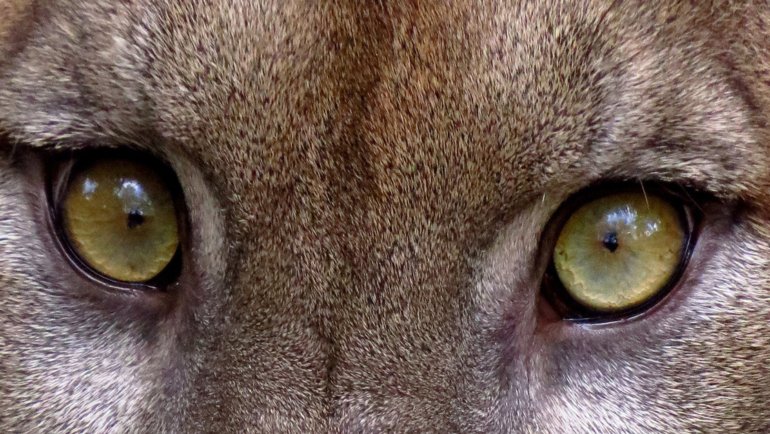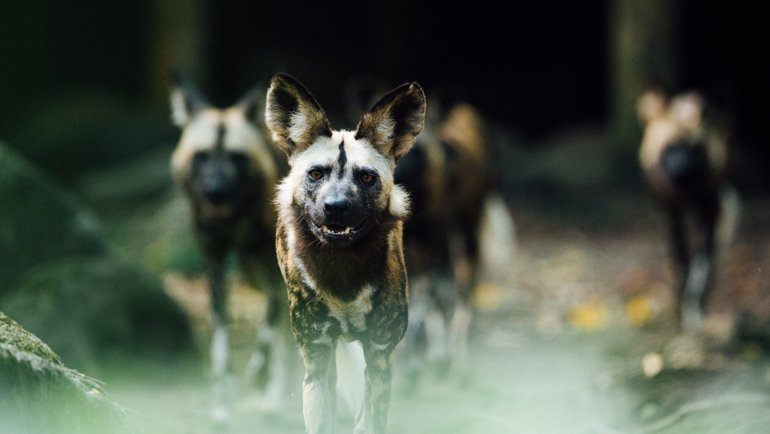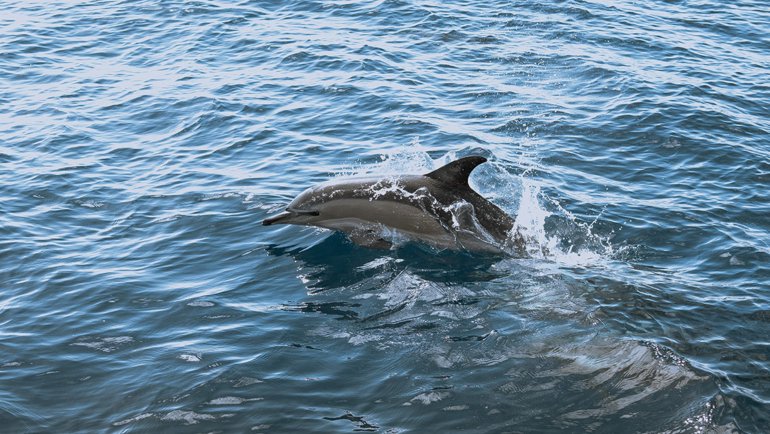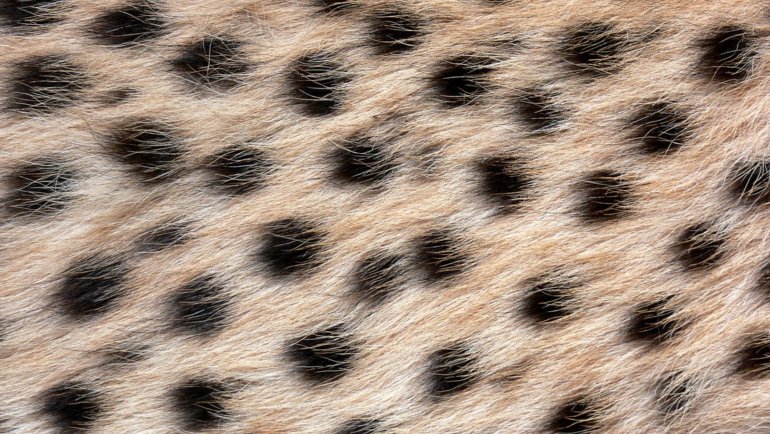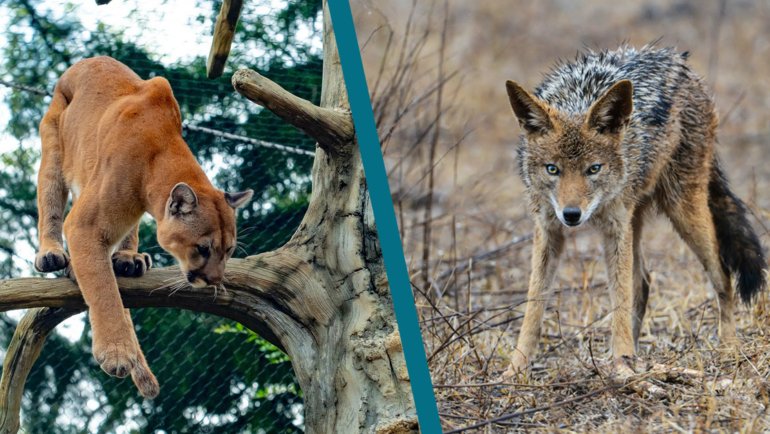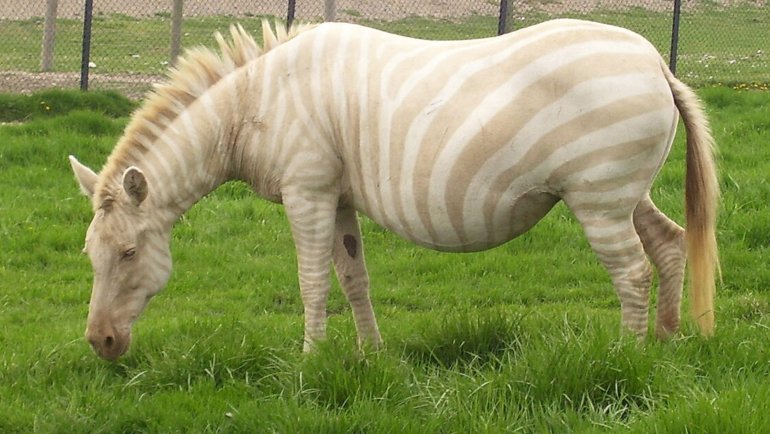Welcome to the icy realms of the Arctic, where the resilient Arctic hare thrives. This creature is a fascinating member of the Leporidae family and is notable for its special adaptations that make it perfect for life in the harshest cold conditions.
This article dives deep into the world of the Arctic hare, giving you insights into its characteristics, behavior, feeding habits, predators, reproduction, and more.
The Arctic Hare at a Glance
Classification
| Kingdom: | Animalia |
| Phylum: | Chordata |
| Class: | Mammalia (Mammals) |
| Order: | Lagomorpha |
| Family: | Leporidae |
| Genera: | Lepus |
| Species: | L. arcticus |
Essential Information
| Average Size: | 19.7 to 29.5 inches (50 to 75 cm) |
| Average Weight: | 6.6 to 12.1 lbs (3 to 5.5 kg) |
| Average Lifespan: | Up to 5 years in the wild |
| Geographical Range: | Northern parts of Greenland, the Canadian Arctic Islands, and Nunavut |
| Conservation Status: | Least Concern (IUCN Red List) |
Species and Subspecies
The Arctic hare, Lepus arcticus, is one of about 30 species in the genus Lepus, commonly known as hares. The Lepus genus also includes species such as the European hare and the snowshoe hare.
The Arctic hare is uniquely adapted to Arctic conditions and has no recognized subspecies. It stands out from its cousins due to its larger size, shorter ears, and thicker fur, which turns white in winter for camouflage against the snow.
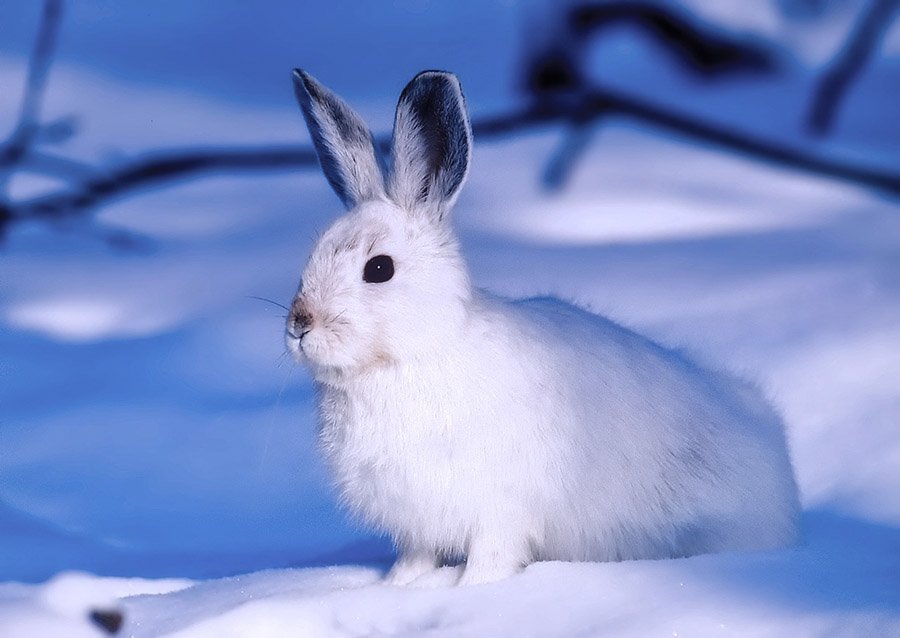
Description
The Arctic hare is one of the largest hare species. It measures between 19.7 to 29.5 inches (50 to 75 cm) in length and weighs around 6.6 to 12.1 lbs (3 to 5.5 kg). Its thick, dense fur, which turns white in winter and bluish-grey in summer, helps it to stay warm in the extreme cold of the Arctic.
One of the key features of the Arctic hare is its short ears, which reduce heat loss, and its large hind feet, which are well-furred for traction on snow. Its eyes are set high on the sides of its head, giving it a wide field of view to watch for predators.
There is no significant sexual dimorphism in the Arctic hare, meaning males and females look quite similar, although females may be slightly larger.
Habitat and Distribution
The Arctic hare is aptly named for its home in the Arctic regions of North America. It is found across the northernmost parts of Greenland, the Canadian Arctic Islands, and Nunavut.
These hares prefer cold tundra and mountainous regions, often where vegetation is sparse. They are well adapted to these habitats, withstanding temperatures as low as -40 degrees Celsius. During the winter, they dig shelters in the snow to protect against harsh weather.
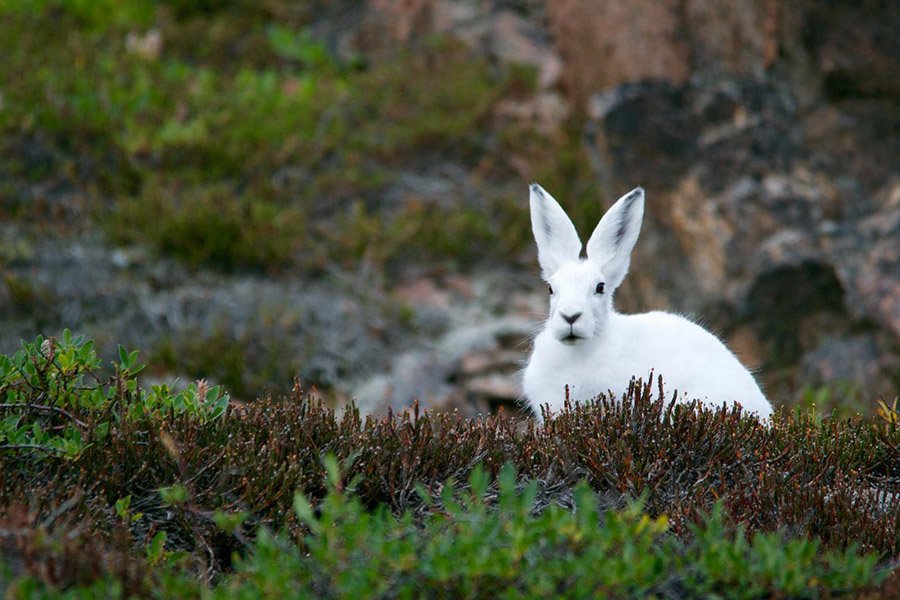
Behavior
Arctic hares are primarily nocturnal, most active during the twilight hours of dawn and dusk. They are adapted to endure the extreme conditions of the Arctic, including the 24 hours of darkness during winter.
In terms of social structure, Arctic hares can be both solitary and gregarious, depending on the time of year and local conditions. During the winter months, when food is scarce, they often form large groups of up to several hundred individuals to forage together. In the summer, they tend to be more solitary or live in small groups.
Communication among Arctic hares primarily involves physical cues and body postures. For example, a hare standing on its hind legs is usually on alert for danger. They also communicate vocally with grunts and thumps on the ground.
Diet and Feeding Behavior
The Arctic hare is a herbivore, feeding on a variety of plant material. Their diet includes woody plants, mosses, and lichens in winter, and leaves, flowers, berries, and grasses in the summer.
They employ a grazing feeding behavior, moving about their home range in search of food. During the winter, they often dig through the snow to find frozen plant material.
Predators
The Arctic hare faces numerous predators in the wild, including Arctic foxes, wolves, and polar bears. Birds of prey, such as snowy owls and gyrfalcons, also pose a significant threat, especially to younger, smaller hares.
The Arctic hare’s primary defenses against these predators are its keen senses, speed, and camouflage. Its white winter coat blends in with the snow, providing excellent camouflage, and it can reach speeds of up to 40 miles per hour (60 km/h) when fleeing from threats.
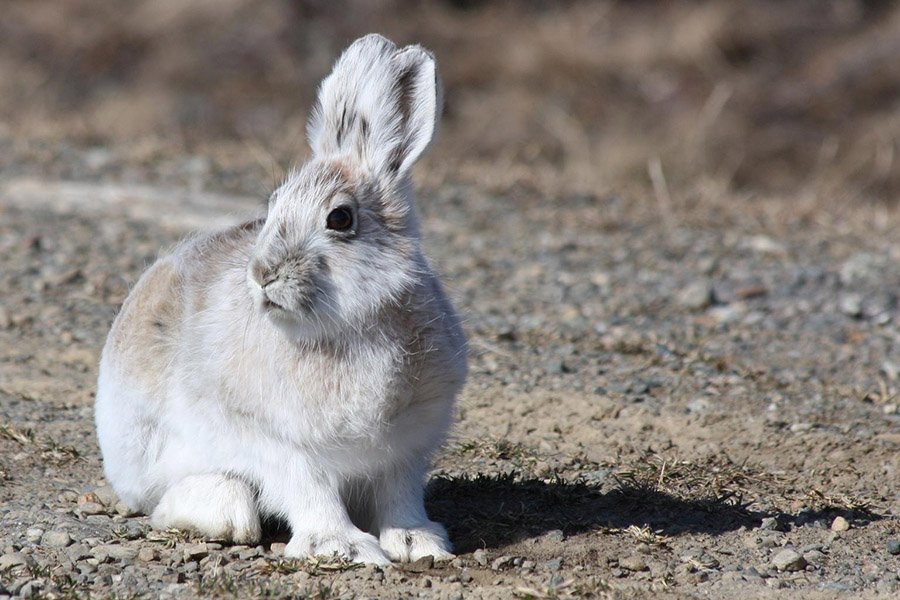
Reproduction and Life Cycle
The breeding season of the Arctic hare typically begins in April or May. Male hares, or bucks, will compete for the attention of females, or does, often engaging in fierce fights with rivals. Once a doe is receptive, mating will take place.
Following mating, the gestation period lasts approximately 50 days, after which the doe will give birth to a litter of 1 to 8 leverets (baby hares). Unlike many other hare species, Arctic hare leverets are born fully furred and with their eyes open, a necessary adaptation for survival in their harsh environment.
The care of young is primarily done by the mother. She nurses them for about 2-3 weeks, during which they grow rapidly. The young hares are weaned and become independent after about 8 weeks.
Conservation and Threats
The Arctic hare is currently listed as of “Least Concern” on the IUCN Red List of Threatened Species. This is because they are widely distributed and have a large population that appears to be stable.
Nevertheless, they face threats from climate change, which is altering the Arctic environment. The reduction in snow cover and warming temperatures could impact the hares’ ability to find food and evade predators.
Conservation efforts for the Arctic hare are primarily focused on mitigating the impacts of climate change and preserving the fragile Arctic ecosystem that they inhabit. This includes efforts to reduce global greenhouse gas emissions and protect important Arctic hare habitats from industrial development and pollution.
Fun Facts
- The Arctic hare is the largest species of hare in North America, with some individuals reaching up to 70 cm (27.5 in) in length.
- Despite their large size, Arctic hares can reach speeds of up to 60 km/h (37 mph) when fleeing from predators.
- Arctic hares have a very unique adaptation for survival in the harsh Arctic environment – their fur changes color with the seasons. In summer, their coat is blue-grey to match the rocks and vegetation, while in winter it turns white to blend in with the snow.
- Arctic hares live in one of the most inhospitable climates on earth. They have small ears to minimize heat loss and their fur is incredibly insulating to withstand temperatures as low as -40 degrees Celsius (-40 degrees Fahrenheit).
- These hares do not hibernate. They survive the severe winter by digging shelters in the snow and subsisting on woody plants, mosses, and lichens.
Frequently Asked Questions
What do Arctic hares eat?
Arctic hares are herbivores, eating a diet of woody plants, mosses, and lichens during winter. In summer, they have access to a wider range of foods, including leaves, flowers, berries, and grasses.
Are Arctic hares solitary?
While they can be solitary, Arctic hares are often found in groups, especially during the winter months. These groups can consist of hundreds of individuals and serve to provide protection against predators.
How do Arctic hares stay warm?
Arctic hares have a number of adaptations to stay warm. Their fur is thick and insulating, and they have a layer of fat under their skin. Their ears are also much smaller than those of other hares, which helps to minimize heat loss.
How long do Arctic hares live?
In the wild, Arctic hares have a lifespan of up to 5 years. Predation and harsh living conditions contribute to their relatively short lifespan.
How fast can an Arctic hare run?
Despite their large size, Arctic hares are very fast animals. They can reach speeds of up to 60 km/h (37 mph) when fleeing from predators.
